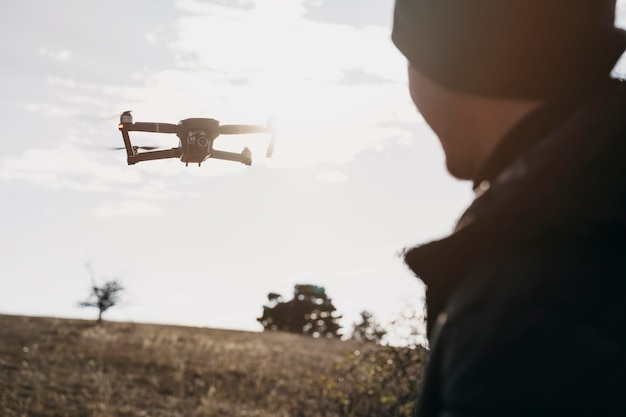
Sponsored article
The rise in unauthorized drone activities has become a significant concern for security agencies and organizations around the globe. As these unmanned aerial systems increase in accessibility and capability, the potential for misuse also grows. This article uncovers the critical strategies for detecting these aerial intruders and the techniques used to mitigate their impact on sensitive areas. By understanding and implementing these countermeasures, authorities can effectively protect their airspace from unauthorized incursions.
The proliferation of unauthorized drones has introduced significant security risks across various sectors. Incidents involving drone intrusions at critical infrastructures, such as airports and power plants, underscore the growing concern over aerial threats. In Gatwick Airport, a series of drone incidents led to the complete shutdown of air traffic, costing airlines millions in losses and highlighting vulnerabilities in airspace security. Furthermore, unauthorized drones have also been reported to interfere with firefighting operations, compromising safety and effectiveness during emergencies. These real-life scenarios exemplify the urgent need for solutions that can effectively detect and mitigate unauthorized UAV activity.
Authorities worldwide are increasingly alarmed by the potential threats posed by unauthorized drones, ranging from privacy intrusions to more severe national security challenges. This growing menace necessitates the development and implementation of sophisticated UAV systems for drone detection and neutralization. These systems are crucial for securing sensitive areas and ensuring the safe operation of airspace by identifying and neutralizing rogue drones before they can cause harm. For more information, explore UAV systems for drone detection and neutralization.
In the rapidly evolving field of counter-drone technology, sophisticated drone detection systems are paramount to effectively identifying unauthorized drones in various environments. Radar emerges as one of the key technologies, utilizing radio waves to detect the position and speed of drones. Its effectiveness is notable in open areas where drones can be identified at long ranges, making it an invaluable tool for perimeter security and large outdoor venues. Infrared sensors complement radar by detecting thermal signatures emitted by drones, proving particularly effective at night or in low visibility conditions. These sensors can discern even small drones, which are otherwise challenging to spot with radar alone in cluttered or urban settings.
Beyond radar and infrared sensors, a host of new technologies is rapidly advancing the sphere of counter-drone technology. Acoustic sensors, for example, recognize the distinctive noise signatures produced by drone motors, offering a viable solution for environments where visual or thermal detection may be impeded. Additionally, radio frequency (RF) detection systems monitor communication between drones and their operators, enabling not only detection but also potential interdiction of the drone’s control. Together, these technologies form a multi-layered defense strategy, crucial for adapting to different scenarios and environments to effectively mitigate threats posed by unauthorized drones.
In the rapidly evolving landscape of drone technology, effective drone mitigation strategies are crucial in safeguarding sensitive environments from unauthorized drone incursions. One prominent method involves the use of jamming technology, which disrupts communication signals between a drone and its controller, rendering the drone unable to proceed with unauthorized missions. Jamming is particularly effective in controlled environments like airports or governmental buildings, where precision is paramount. Another vital component of drone mitigation is the deployment of sophisticated drone defense systems. These systems employ a variety of approaches, such as detecting and neutralizing unauthorized drones via interception or capture, to ensure no breach goes unanswered.
Moreover, implementing safe airspace protocols is essential in delineating clear boundaries and flight restrictions, which help in preemptively mitigating risks. Tailoring these strategies to specific environments ensures greater efficacy; for instance, urban areas might benefit more from jamming and drone defense systems due to high-density infrastructure, while rural areas could prioritize extensive airspace monitoring. Overall, these drone mitigation strategies are indispensable in maintaining security and preventing potential threats, ensuring that the integrity and safety of protected areas remain uncompromised.